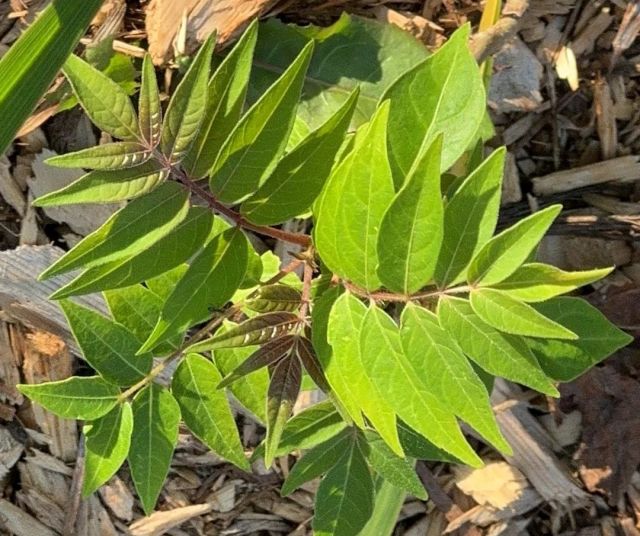The Growing Threat of the Tree of Heaven
A recent post on the r/Pittsburgh subreddit has sparked a widespread conversation about an invasive plant that is proving to be extremely difficult to eliminate. A user shared a warning, urging others to destroy any sightings of this plant before it becomes too late. “This is the season when these spotted lanternfly nymph-harboring monsters are growing new shoots. They’re an invasive species, they harbor pests, and they choke out native plants. Kill every one you find,” the user wrote.
The plant in question is Ailanthus altissima, commonly known as the tree of heaven or stinking sumac. Native to China, this tree was introduced to the United States in the 1700s and has since become an aggressively invasive species. It grows rapidly and forms dense thickets that can easily overtake surrounding plants, ultimately killing them. However, the most concerning aspect of the tree of heaven is its ability to produce a massive number of seeds—over 300,000 annually—with a high germination rate. Additionally, it can reproduce through shoots, making complete removal extremely challenging.
The tree of heaven also serves as a host for the spotted lanternfly, an invasive bug that has a devastating impact on U.S. agriculture. This further complicates efforts to control the spread of both the tree and the insect.
Invasive species, whether plants or animals, can have serious consequences for local ecosystems. They often outcompete native species for resources such as food, land, and water, which can lead to the decline or extinction of native flora and fauna.
The Challenge of Eradicating Invasive Species
If you spot an invasive plant in your yard, such as the tree of heaven, English ivy, or Japanese knotweed, it’s crucial to take action before the problem escalates. Once these plants are established, they can be very difficult to remove. Many people have shared their experiences on social media, highlighting the challenges of getting rid of the tree of heaven.
One Redditor explained, “You have to kill them a very specific way.” They added, “Pulling a sapling out or just chopping down a larger one will 100% lead to 10x more tree of heavens in your yard.” Another user shared, “It’s a shame. Since my childhood I’ve seen these weeds take over the tree lines.” A third commenter warned, “DO NOT EVER simply rip one out of the ground or cut it down – you’ll wind up with many more sprouts in short order.”
These accounts underscore the importance of proper removal techniques. Simply pulling or cutting the tree is not enough; it often leads to more growth. Instead, individuals must use methods that target the root system effectively.
Rebuilding Your Yard with Native Plants
After removing invasive species, consider rewilding your yard by replacing them with native plants. Native plants offer several benefits: they are low-maintenance, support biodiversity, and provide essential habitat for pollinators and wildlife. By choosing native species, you can help restore balance to your local ecosystem.
Controlling invasive plants is a critical step in maintaining a healthy environment. Whether it’s the tree of heaven or other invasive species, taking the time to properly identify and remove them can make a significant difference. As more people become aware of the issues caused by invasive species, the collective effort to protect native ecosystems continues to grow.







